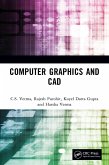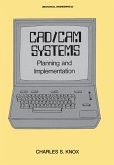The User-Computer Interface in Process Control: A Human Factors Engineering Handbook is a handbook of human factors engineering guidelines for the design of the user-computer interface in process control applications. It describes the principles and practice of human factors engineering in the design, development, and acquisition of computer systems for process control, with emphasis on visual display use and design. This book consists of 10 chapters and begins by explaining what human factors engineering is, along with its role in computerized process control and some of the factors that contribute to deficient user-interface design. The discussion then turns to the principles of systems development and how they relate to human factors issues during the design process. The following chapters focus on the application of human factors guidelines to visual display units (VDUs); the strategy, method, and format for selection and organization of variables that may have an effect on human performance with specific application to user-computer interface issues such as brightness, contrast, and flicker; and various hardware aspects of VDUs. Controls and input devices, control/display integration, and workplace layout are also considered. This monograph will be a useful resource for software engineers, system designers, and project managers.
Dieser Download kann aus rechtlichen Gründen nur mit Rechnungsadresse in A, B, BG, CY, CZ, D, DK, EW, E, FIN, F, GR, HR, H, IRL, I, LT, L, LR, M, NL, PL, P, R, S, SLO, SK ausgeliefert werden.









